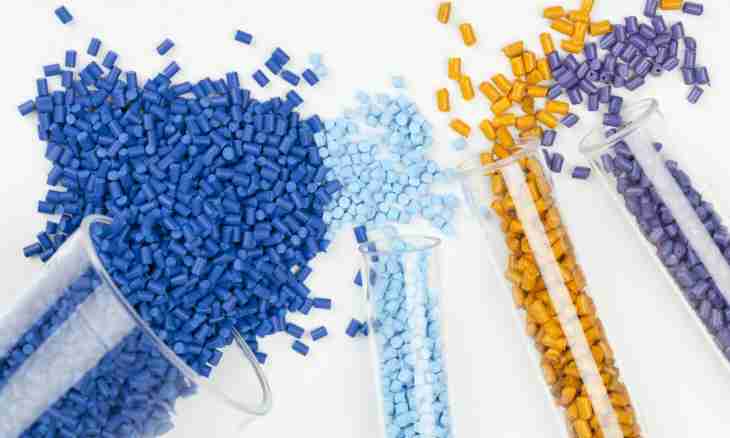Synthetic polymers – artificially received material by synthesis of plain low-molecular substances. Polymers found broad application in the easy, heavy and food industries, construction, etc.
Instruction
1. Polymer is presented by the macromolecular substance consisting of periodically repeating chain structures – monomers. In polygraphy, the heavy industry, in the easy and food industries the most various synthetic polymeric materials are applied. It is about elastomers – synthetic rubber and rubber, plastomer – synthetic pitches and plastics, paints, glues, synthetic fibers and fabrics, photopolymers, "free" films, etc.
2. Synthetic polymers are result of polymerization, copolymerization and polycondensation. Properties of polymers are defined by their molecular weight. The materials having bigger molecular weight show higher mechanical durability on a bend, a gap, twisting, but the worst solubility. All synthetic polymers have one characteristic consisting in polydispersion. That is molecules of the same polymer can be different size and with different quantity of structural links. Therefore, speaking about the molecular mass of polymer, not the true value of mass of each molecule, and only its average value is meant.
3. At high temperature synthetic polymers melt, and at low acquire amorphous structure. Some materials can acquire also crystal structure. At the same time they have more high temperature of melting and bigger durability. Synthetic polymers can be thermoplastic and thermoreactive. The first are capable to be melted repeatedly without special loss of initial properties, and the second is irreversible harden at long heating owing to course of thermochemical reactions.
4. Synthetic polymeric materials significantly surpass in many parameters non-ferrous and ferrous metals, glass, wood, etc. It is reached at the expense of smaller costs of production, installation and further operation. For example, in light industry fabrics and jersey from lavsan, nylon, Nitron, polypropylene, etc. are created. They differ in the increased durability, ease, elasticity, low heat conductivity and resistance to chemical, physical and atmospheric actions.
5. In construction the greatest application was found by carbamide and phenol formaldehyde pitches. From them receive pipes, a film, a tile, heat-insulating materials, paper plasticity, varnishes, glues, waterproofing structures, etc. The printing house applies polysterol to casting of probelny material and typographical fonts. Polyvinylchloride is irreplaceable at production of flat and rotational stereotypes, book covers, duplicates of a cliche, etc.

